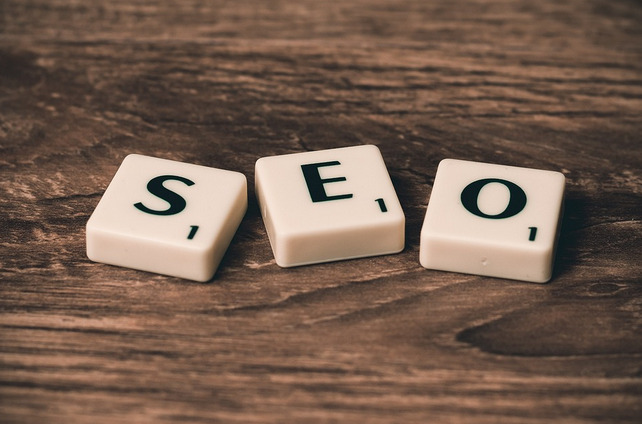It’s 2023. It’d be such a missed opportunity not to improve your site’s search engine rankings. In fact, you always have the option to hire the best web designer in boston if your business is based in Boston. But if you want to do it yourself, read more. If you’re not sure where to begin, why don’t you start with the technical SEO?
The technical SEO needs have their own hierarchy that you can’t overlook. So read ahead for the technical SEO needs. We’ll also provide actionable steps for improving each aspect. From crawlability to clickability, we’ve got you covered. So let’s get started on optimizing your website for success.
The Foundation: Crawlability

Crawlability is the foundation of technical SEO. It refers to a search engine’s ability to crawl or access your website’s pages and content. If your website is not crawlable, it won’t be indexed by search engines, which means that it won’t appear in search results.
Creating a sitemap is one way to ensure that your website is easily crawlable. It basically provides an organized list of all the pages on your site. This will further make it easier for search engines to find and index them. And, of course, ensuring no broken links are on your site is crucial as those links can impede crawlers from accessing certain areas of your site, reducing the number of pages indexed.
Indexability
Indexability is on the next level, which determines whether or not search engines can access and understand your website’s content. It refers to the ability of search engine crawlers to read and index the pages on your site, making them available for display in relevant search results. To ensure that your website’s content is properly indexed, you need to focus on several key areas. You need to make sure you’ve got unique titles and meta descriptions which accurately reflect the content on every web page you have.
Accessibility
The third foundation is accessibility which is the ability of search engines and users alike to access your website’s content easily. One way to improve accessibility is by ensuring that all pages on your site are linked together logically, allowing both crawlers and users to navigate through your site seamlessly.
Another essential element of accessibility is mobile responsiveness. With more people accessing the internet through their mobile devices, it’s vital that your website is able to adapt to different screen sizes without compromising its functionality or design. Focusing on accessibility not only improves SEO but also demonstrates a commitment toward inclusivity and user experience.
Rankability and Clickability
 Rankability and clickability are the final pieces of the technical SEO puzzle that take place at the top of the pyramid. While crawlability, indexability, and accessibility focus on ensuring that search engines can access your website’s content, rankability takes it a step further by optimizing that content for search engine rankings. One key aspect of rankability is keyword research. By identifying relevant keywords for your industry or niche, you can optimize your website’s content to attract more targeted traffic from search engines. This involves using those keywords in strategic places like page titles, meta descriptions, headers, and throughout the body text.
Rankability and clickability are the final pieces of the technical SEO puzzle that take place at the top of the pyramid. While crawlability, indexability, and accessibility focus on ensuring that search engines can access your website’s content, rankability takes it a step further by optimizing that content for search engine rankings. One key aspect of rankability is keyword research. By identifying relevant keywords for your industry or niche, you can optimize your website’s content to attract more targeted traffic from search engines. This involves using those keywords in strategic places like page titles, meta descriptions, headers, and throughout the body text.
In order to improve your website’s technical SEO, it pays to understand the hierarchy of needs and prioritize accordingly. The foundation of crawlability must be in place before anything else can be optimized. Once your site is crawlable, focus on indexability and accessibility to ensure that search engines can easily find and understand your content.
From there, work on improving rankability by optimizing metadata and internal linking structures. And don’t forget about clickability – creating compelling titles and descriptions can make all the difference in whether a user decides to click through to your site or not.

